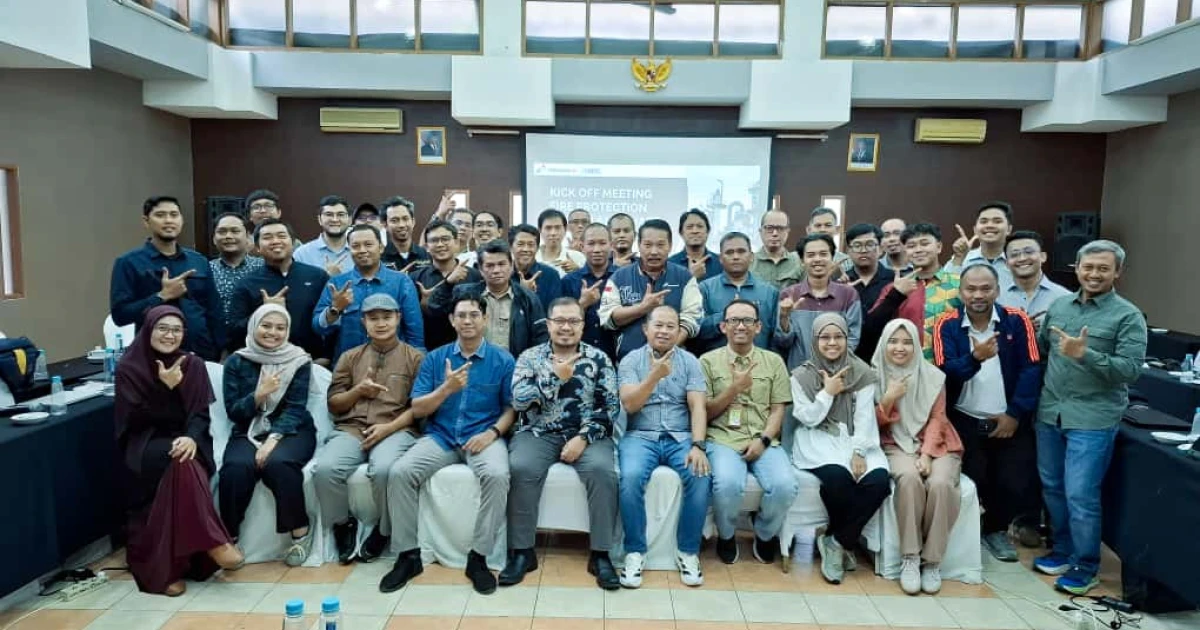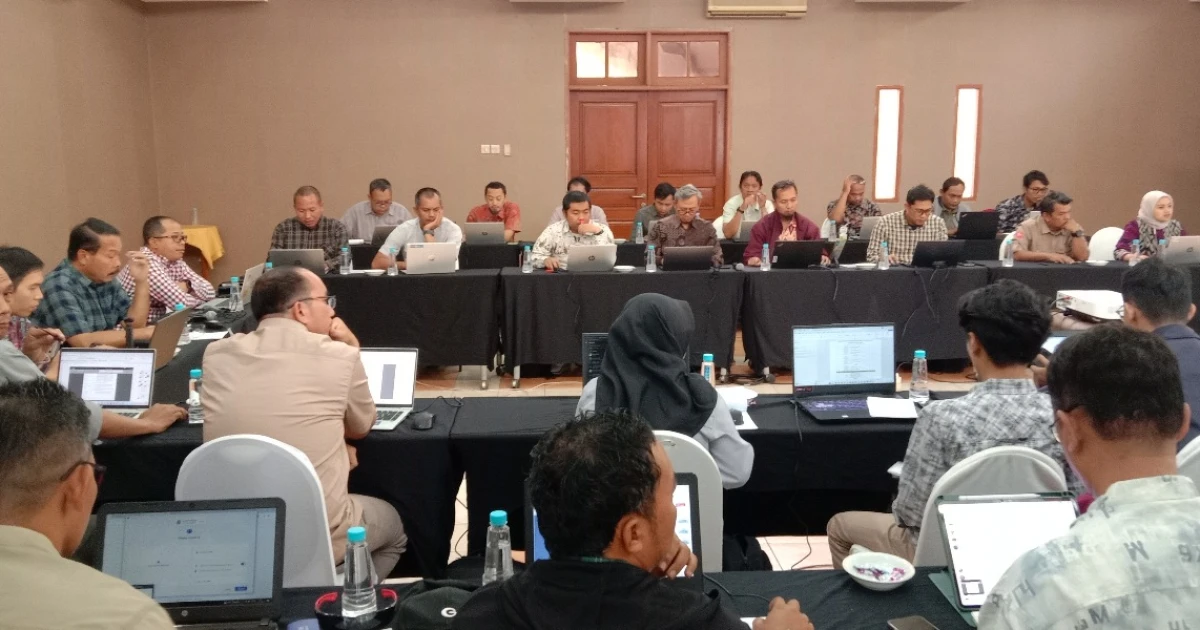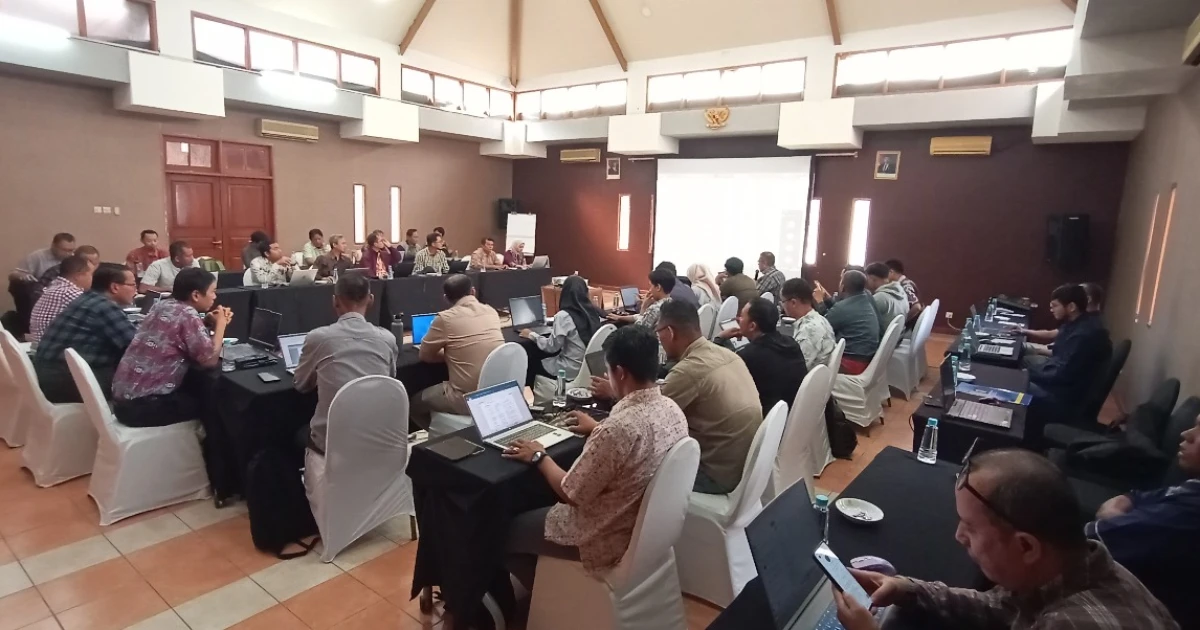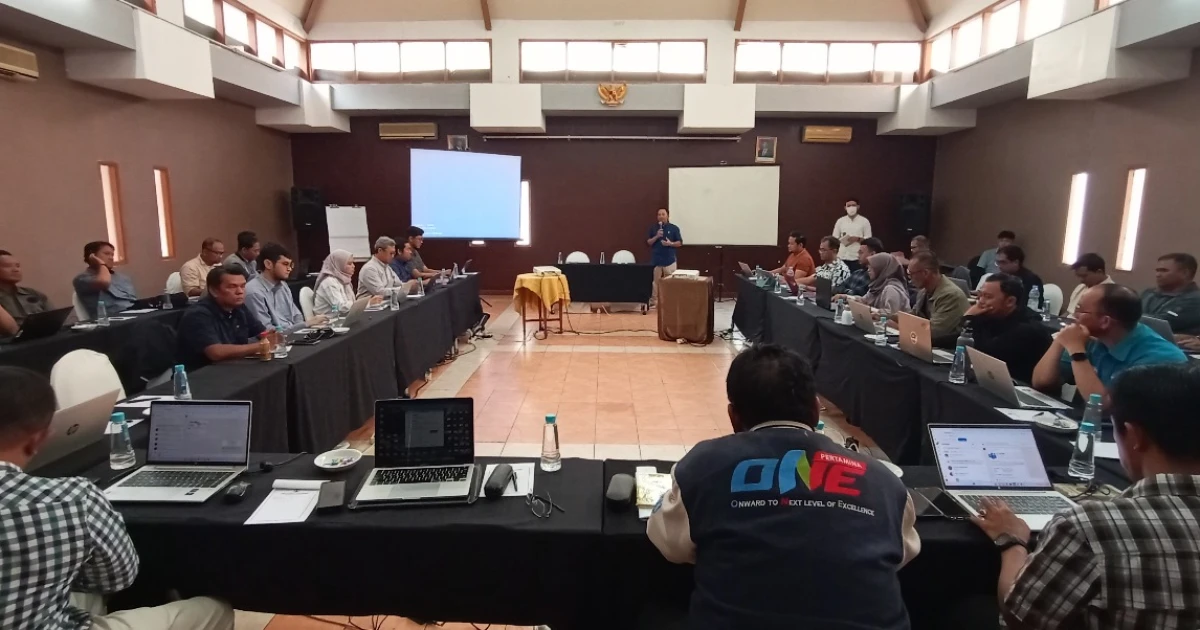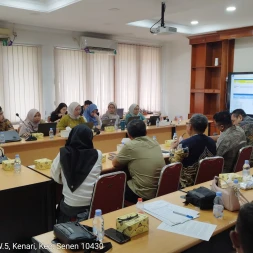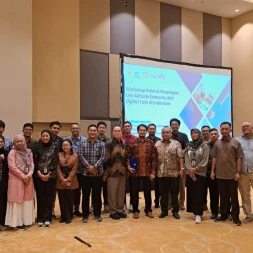News And Event
Lemtek UI Strengthens Fire Protection Engineering and Risk Analysis for National Energy Production Facilities
The Institute for Technology at the University of Indonesia (Lemtek UI) has been entrusted by PT Pertamina EP to conduct the Basic Design Philosophy and Fire Protection System Assessment for several oil and gas production facilities located in Tambun Field, Jatibarang Field, Subang Field, and Onshore Gas Treatment (OGT). These facilities operate under the authority of Pertamina EP Zone 7. This program aims to enhance the resilience of production facilities against fire and explosion risks through the application of engineering safety principles, in accordance with international standards such as the National Fire Protection Association (NFPA), American Petroleum Institute (API), and Center for Chemical Process Safety (CCPS). The study comprehensively evaluates both active and passive fire protection systems, including water and foam suppression networks, clean agent systems, hydrant networks, gas detection systems, lightning protection, grounding systems, and safe spacing between process units.
As the basis for technical analysis, Lemtek UI employs the Process Hazard Analysis Software Tool (PHAST) to simulate hazard consequences such as gas leaks, thermal radiation, and overpressure scenarios during plant operations. The simulation results are used to define effect zones and assess the adequacy of existing fire protection systems through hydraulic calculations, fire pump capacity assessments, spill containment (bundwall) analysis, and the evaluation of emergency response system effectiveness. Each analysis outcome is consolidated into technical recommendations that serve as a foundation for Pertamina EP’s future facility safety improvement plans.
Through this initiative, the Institute for Technology at the University of Indonesia (Lemtek UI) demonstrates its engineering expertise in the fields of Fire Protection System (FPS) and industrial risk management, grounded in applied research and technical validation. Its systematic scientific approach and data-driven assessment have resulted in a comprehensive Basic Design Philosophy document and quantitative risk evaluation. The outcome serves as a strategic reference for strengthening operational integrity, enhancing safety system reliability, and ensuring holistic protection of personnel, assets, and the environment within Indonesia’s national energy production facilities.
As the basis for technical analysis, Lemtek UI employs the Process Hazard Analysis Software Tool (PHAST) to simulate hazard consequences such as gas leaks, thermal radiation, and overpressure scenarios during plant operations. The simulation results are used to define effect zones and assess the adequacy of existing fire protection systems through hydraulic calculations, fire pump capacity assessments, spill containment (bundwall) analysis, and the evaluation of emergency response system effectiveness. Each analysis outcome is consolidated into technical recommendations that serve as a foundation for Pertamina EP’s future facility safety improvement plans.
Through this initiative, the Institute for Technology at the University of Indonesia (Lemtek UI) demonstrates its engineering expertise in the fields of Fire Protection System (FPS) and industrial risk management, grounded in applied research and technical validation. Its systematic scientific approach and data-driven assessment have resulted in a comprehensive Basic Design Philosophy document and quantitative risk evaluation. The outcome serves as a strategic reference for strengthening operational integrity, enhancing safety system reliability, and ensuring holistic protection of personnel, assets, and the environment within Indonesia’s national energy production facilities.

